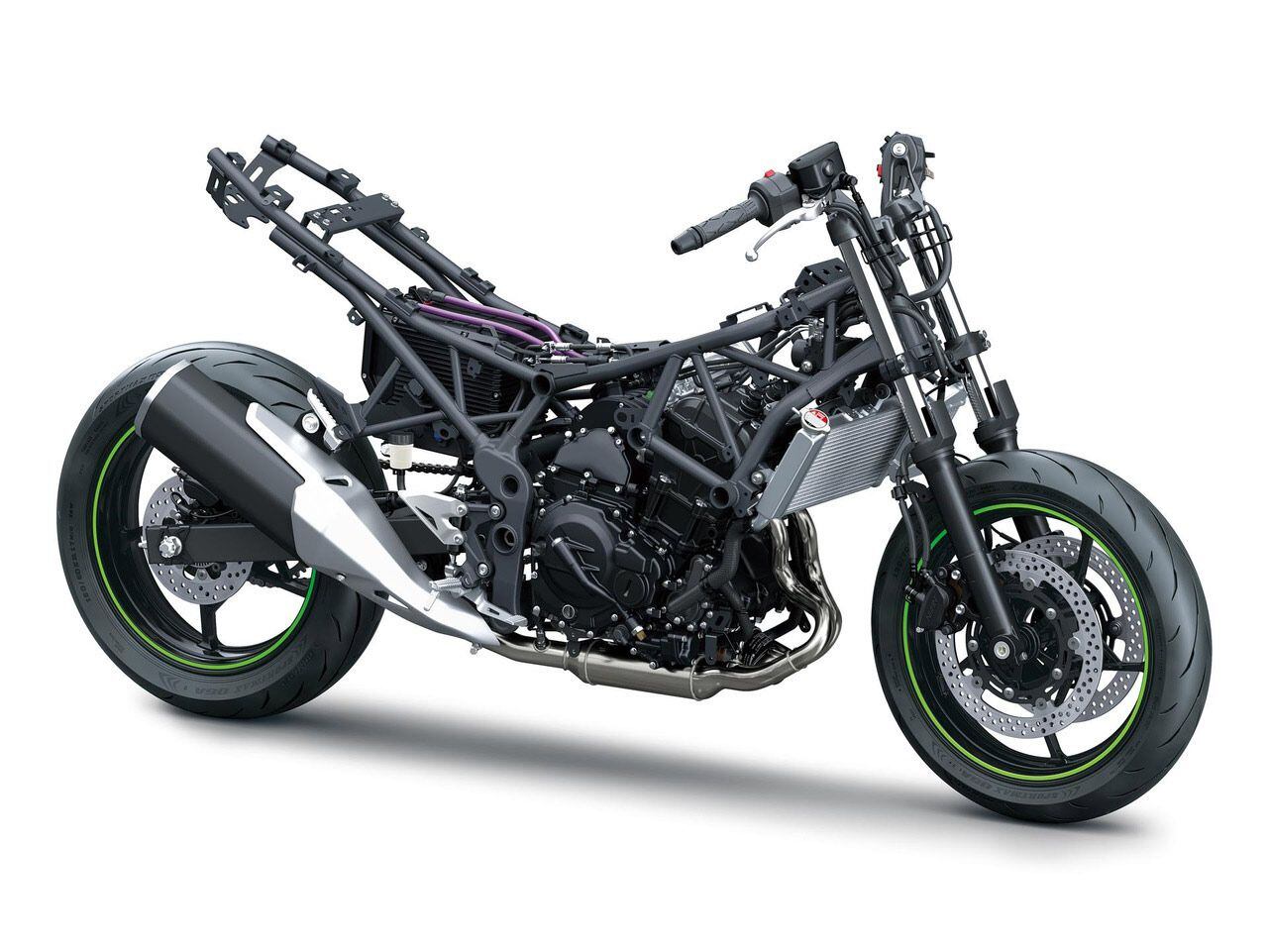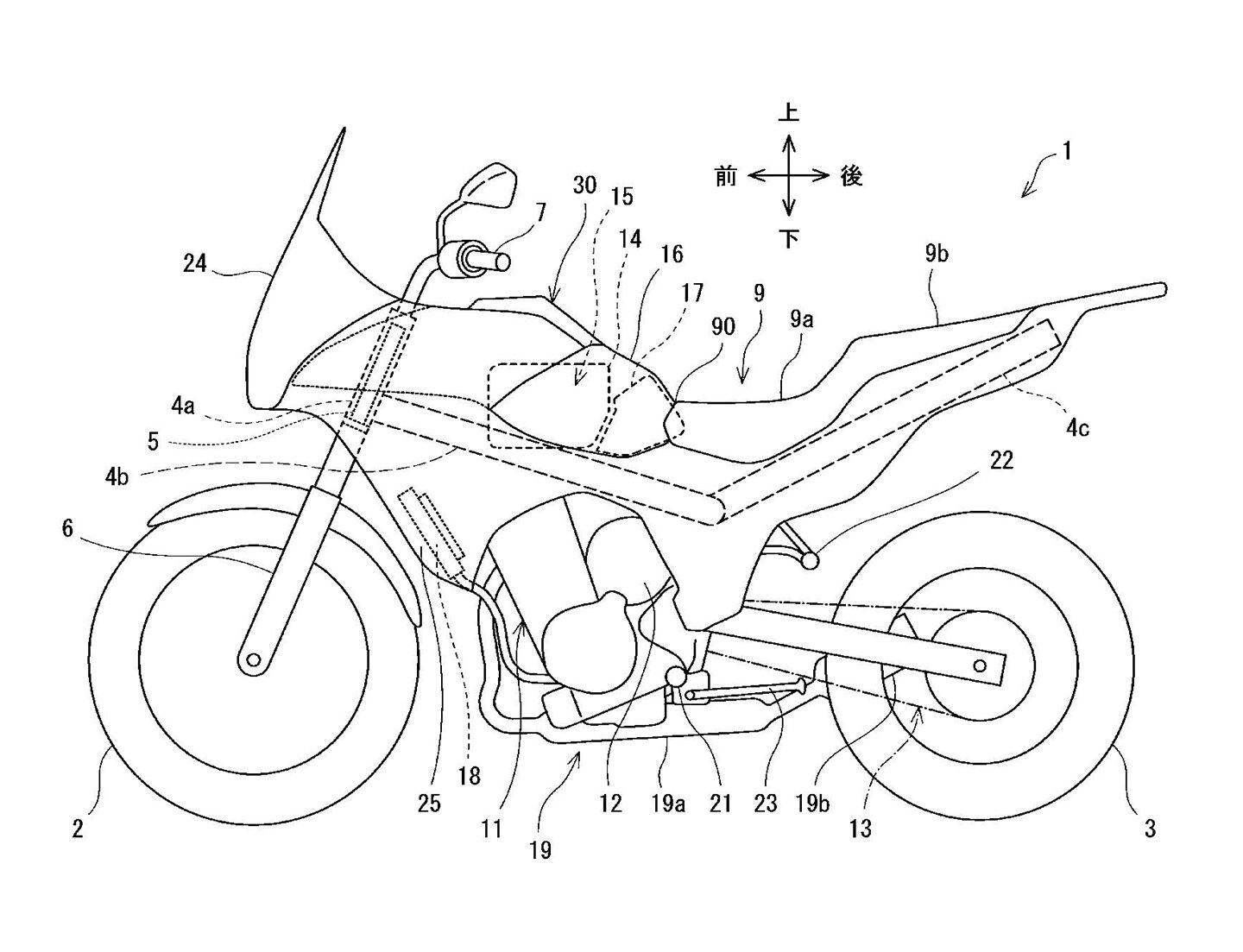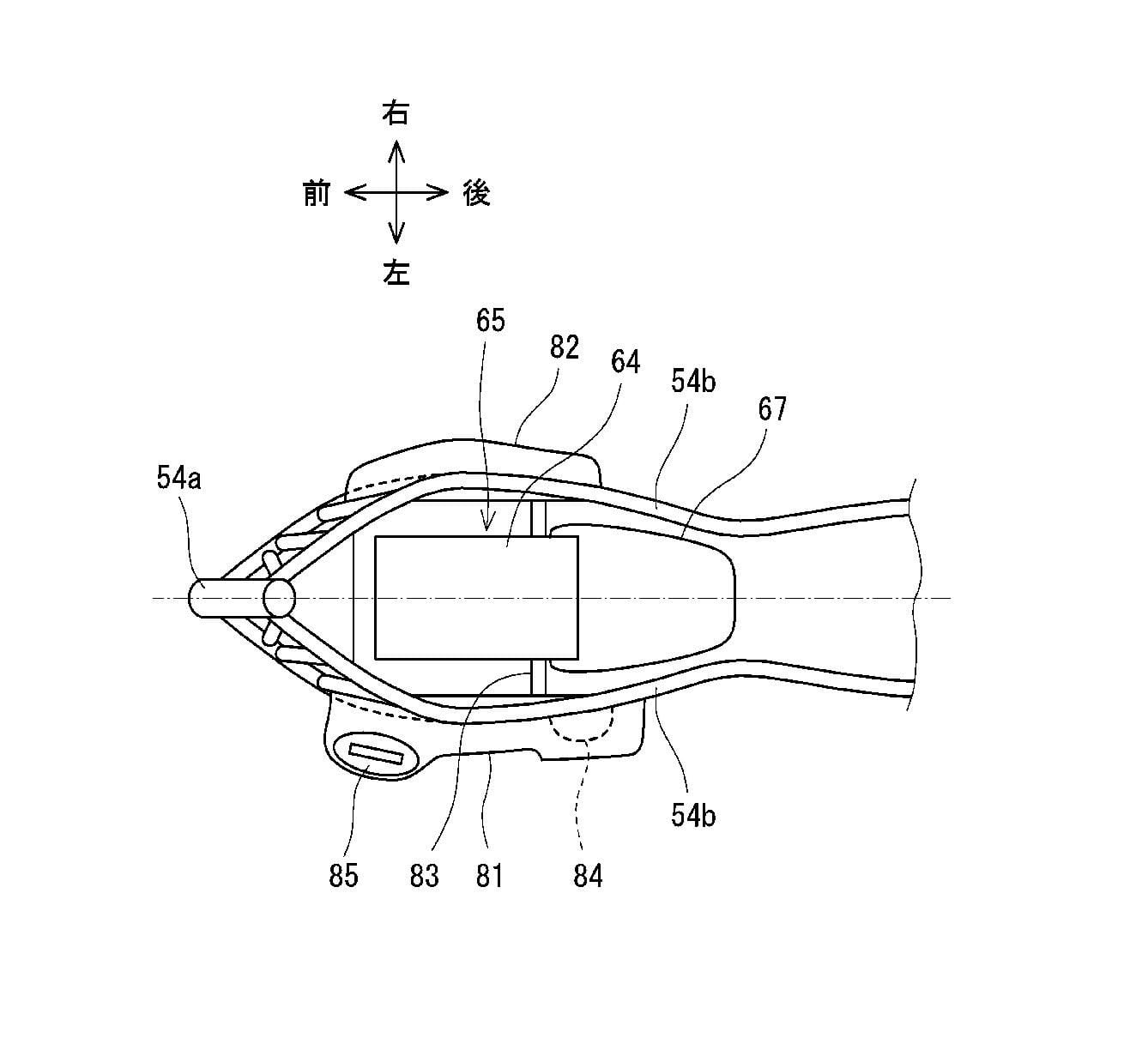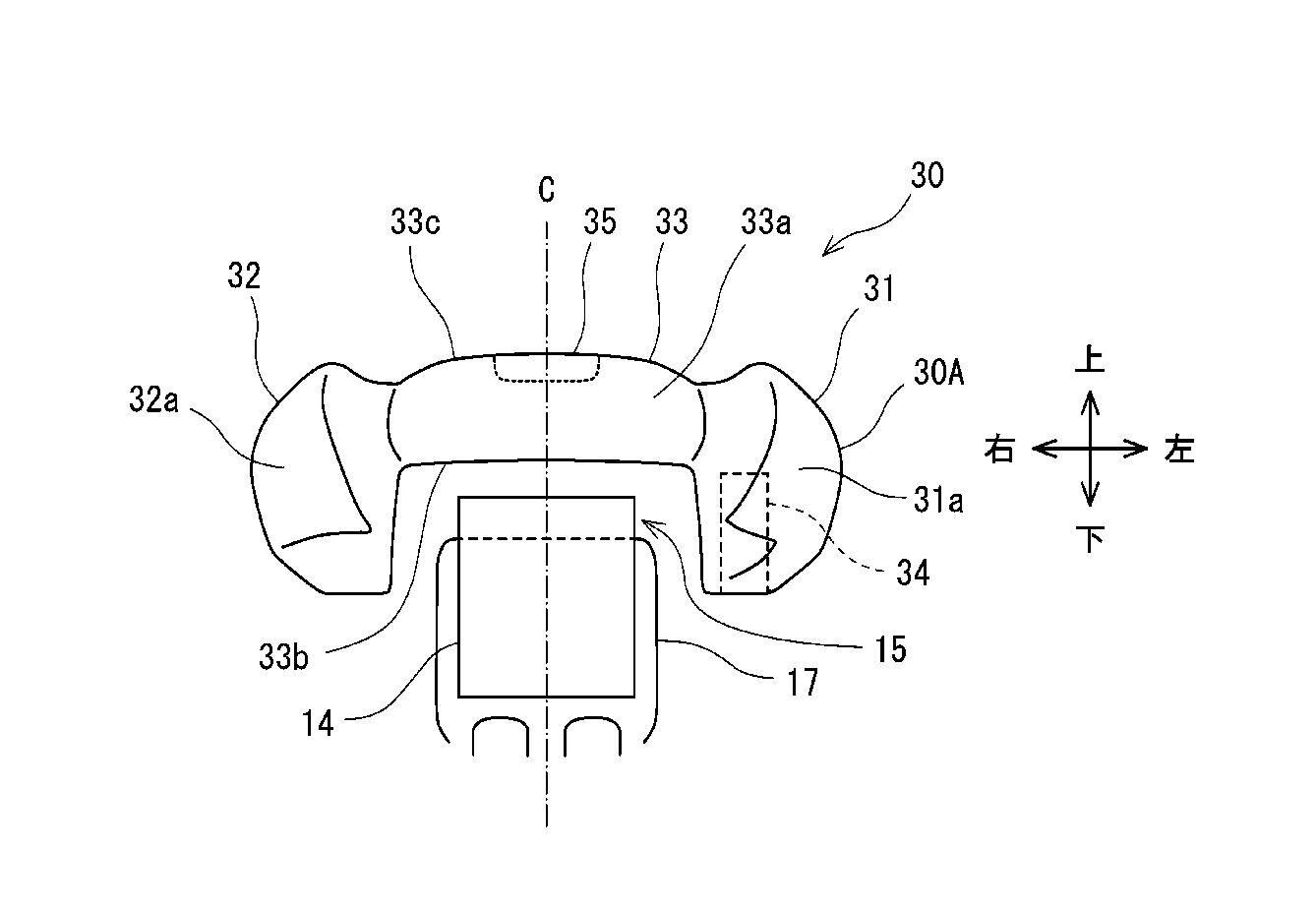The first generation of Kawasaki hybrid bikes, the Ninja 7 Hybrid and Z7 Hybrid, might still be firmly in the “early adopter” phase but the company is already working on future developments including Versys and Eliminator models sharing the same technology.
Plans for the new bikes have emerged thanks to patent applications filed by Kawasaki, which specifically relate to the thorny problem of how to package not one but two powertrains and their energy reservoirs (batteries and fuel tanks) within the restricted confines of a motorcycle chassis. For both the Versys and Eliminator developments, the patents suggest Kawasaki has decided to rethink the layout of those components to better suit the bikes’ shapes and requirements.

On the Ninja 7 Hybrid and Z7 Hybrid, which both share an identical frame, fuel tank, and powertrain, the problems of packaging all those components are solved by shoehorning the hybrid battery and its related electronics into a box underneath the rider’s seat. That allows Kawasaki to keep a pretty conventional fuel tank and airbox above the engine, while the electric motor that drives the bike in hybrid and all-electric modes is mounted in the space directly above the transmission. It’s a solution that works, but the bulky battery box under the seat encourages a relatively long wheelbase and gives the bikes a slightly unusual appearance, particularly in profile, with a heavy-looking rear end that’s at odds with modern styling trends that favor small tailsections.
For the planned Versys and Eliminator models, Kawasaki’s patents show that the company is intending to use the same 451cc parallel-twin engine, assisted by an electric motor mounted above the gearbox, as the existing Ninja 7 and Z7 Hybrid models. The “7″ represents not the engine capacity, as we’re used to, but the equivalent performance that the hybrid powertrain delivers—which Kawasaki puts into the same class as a 700cc bike. In reality, the current models make a combined 44 lb.-ft. and 69 hp when the electric and ICE powertrains work together, and the additional Versys and Eliminator versions are likely to be close to the same figures. Where the future bikes differ is in their frames and the position of the electronics and battery.

On both models, the battery is shifted from below the seat to a new position above the engine’s cylinder head, with the engine airbox mounted just behind it. It means that the underseat area is no longer used, allowing more conventional proportions and styling. On the Eliminator-style cruiser that’s important, as the bike’s low-slung seat means there’s no space below it for a battery. On the Versys it means there’s more clearance for long-travel rear suspension, with no battery box getting in the way.
With the battery above the engine, you’re probably asking where the fuel tank goes, and that’s the real key to the new patent applications. Kawasaki’s solution on both the Versys- and Eliminator-style hybrid designs is to stretch the bikes widthwise to accommodate the gas. The Eliminator Hybrid’s solution is particularly extreme. It uses two plastic fuel tanks, one on each side, bolted outside the trellis-style steel frame’s rails. The left-hand tank includes a side-mounted filler neck, and it’s joined to the right-hand tank by a connecting tube that allows both tanks to fill and drain simultaneously.

While adding width, the Eliminator Hybrid’s tanks also mean it carries the weight of the fuel lower down, counteracting to some extent the higher-mounted weight of the battery pack, and in terms of styling the design should allow a broad, muscular front section while keeping the seat low and minimalist.

The Versys-style bike’s solution is similar, but instead of two side-mounted tanks it has a one-piece tank that wraps over the top of the battery, again keeping the fuel on the sides but without the complexity of having two separate tanks. Here, the fuel is carried higher than on the Eliminator-style bike, but the tank wraps forward around the fork and right toward the nose of the bike to ensure there’s still plenty of fuel capacity. Since adventure bikes often have bodywork in this area anyway, it’s a design that should allow conventional styling.
With all the hard development work on the hybrid powertrain already done, including advances like the semi-automatic, push-button transmission and the ability to operate in a variety of modes including electric-only, it makes sense for Kawasaki to apply it to as many different models as possible, maximizing the chance of amortizing that R&D expense. As such the hybrid Versys and Eliminator models previewed in the new patents are a logical step, and there may well be even more hybrids following them into production.
#Kawasaki #Working #Hybrid #Models


